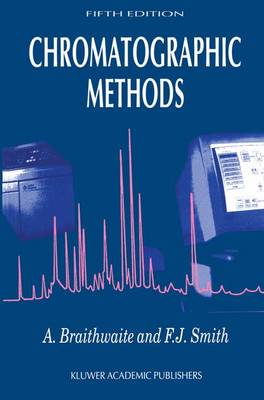Since the inception of chromatography in 1903, the principal landmarks in its progress have been the virtual rediscovery of the technique in the 1930s, invention of synthetic resins in 1935, introduction of paper chromatography in the 1940s followed by that of thin layer, gas-solid and gas-liquid chroma- tography in the early 1950s. Whilst the theoretical aspects of HPLC were developed in the 1960s, it was the late 1970s before commercial instruments appeared. Developments through the 1980s in microelectronics and micro- processor technology afforded enhanced control, data acquisition and processing capabilities, and improved technologies for the manufacture of instrumentation. Developments in chromatographic media and packings and rapid scanning spectroscopic instruments have enabled combination techniques such as GC-MS, GC-IR, HPLC-MS and HPLC-IR to reach maturity and become standard routine techniques for the analyst.
Further considerable research activity in the 1980s and early 1990s has led to the development of supercritical fluid chromatography (SFC), and high perfor- mance capillary electrophoresis is a technique that has proved invaluable in the genome project and the separation and typing of DNA fragments. Applications in environmental, health and safety, foods analysis and medical studies have contributed significantly to the advancement of these tech- niques. All of the instrumental chromatographic techniques are now used routinely by academic and industrial analysts. An understanding and experi- ence of such techniques is fundamental to the training of today's science undergraduates studying a range of disciplines reflecting the application areas mentioned above.
- ISBN13 9780751401585
- Publish Date 31 December 1995 (first published 27 February 1986)
- Publish Status Active
- Publish Country GB
- Publisher Taylor & Francis Ltd
- Imprint Chapman and Hall
- Edition 5th ed. 1999
- Format Paperback
- Pages 580
- Language English
